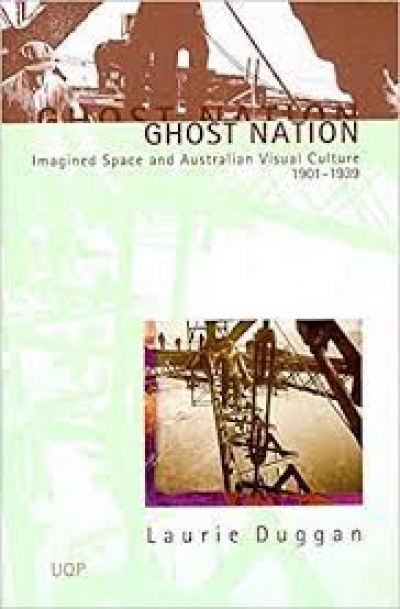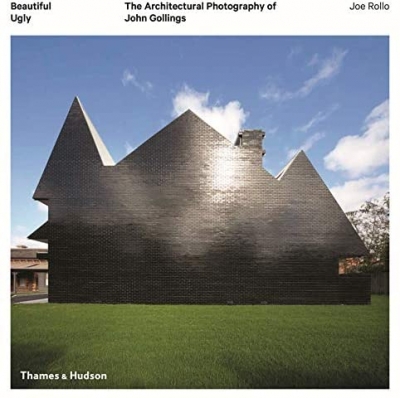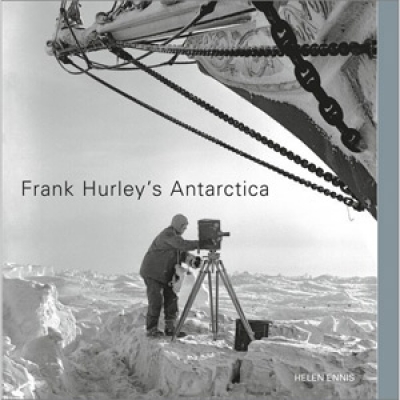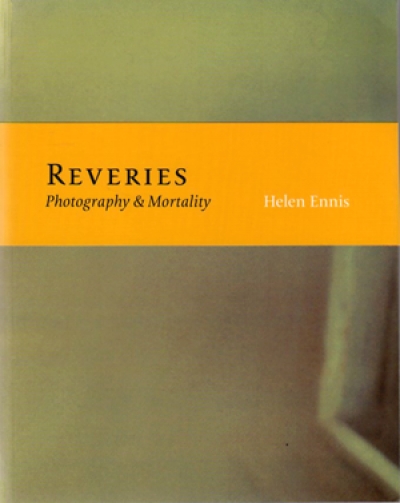What makes a good architectural photograph? In an ideal world, it is the product of a dialogue between the architect’s intentions for his or her building; the built form and its synergy with its environment; and the photographer’s ability to interpret these elements in a creative and dynamic way. A successful photograph should offer a clear visual representation of a building, but it should also capture its defining spirit. And there is one final element which often remains an unspoken, if fundamental, part of this process: the role of photography in ‘selling’ a building. So it is interesting that this large book celebrating the work of John Gollings begins with a quote by the great American architectural photographer Julius Shulman, which states, in part, ‘the truth is that I am a merchandiser. I sell architecture better and more directly and more vividly than the architect does.’
...
(read more)





